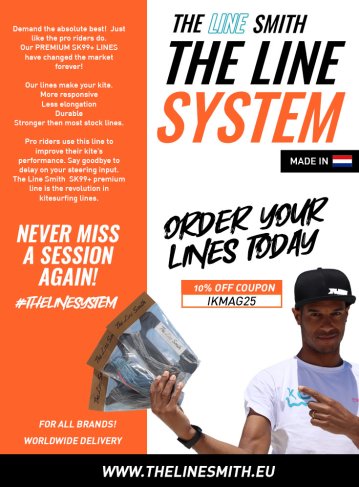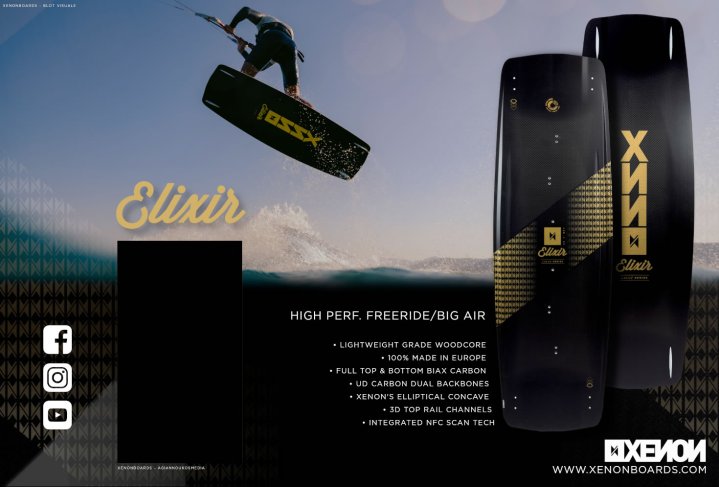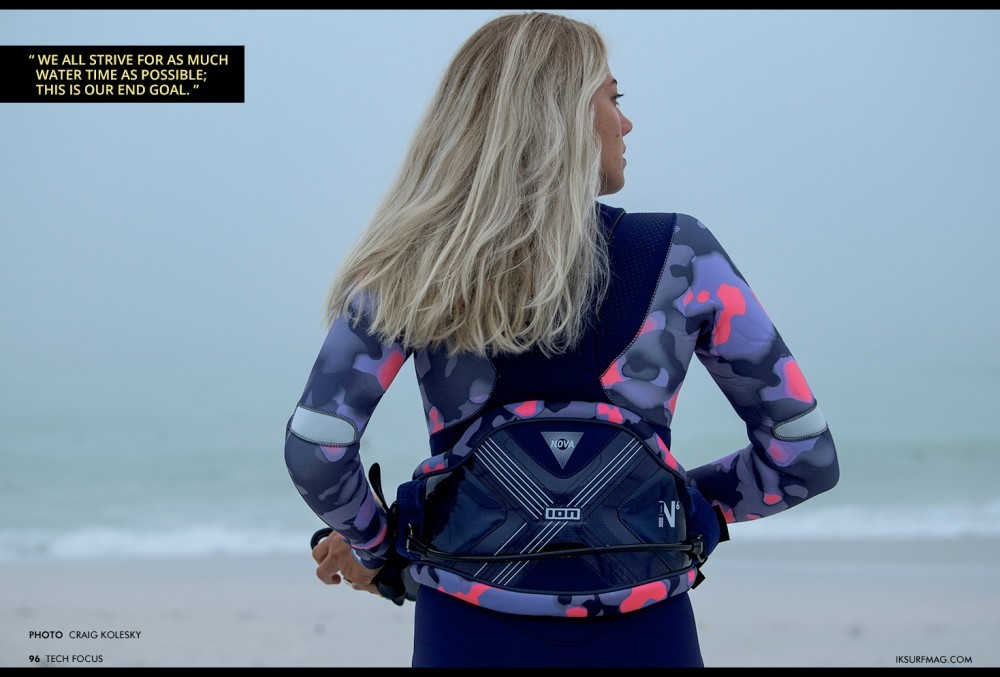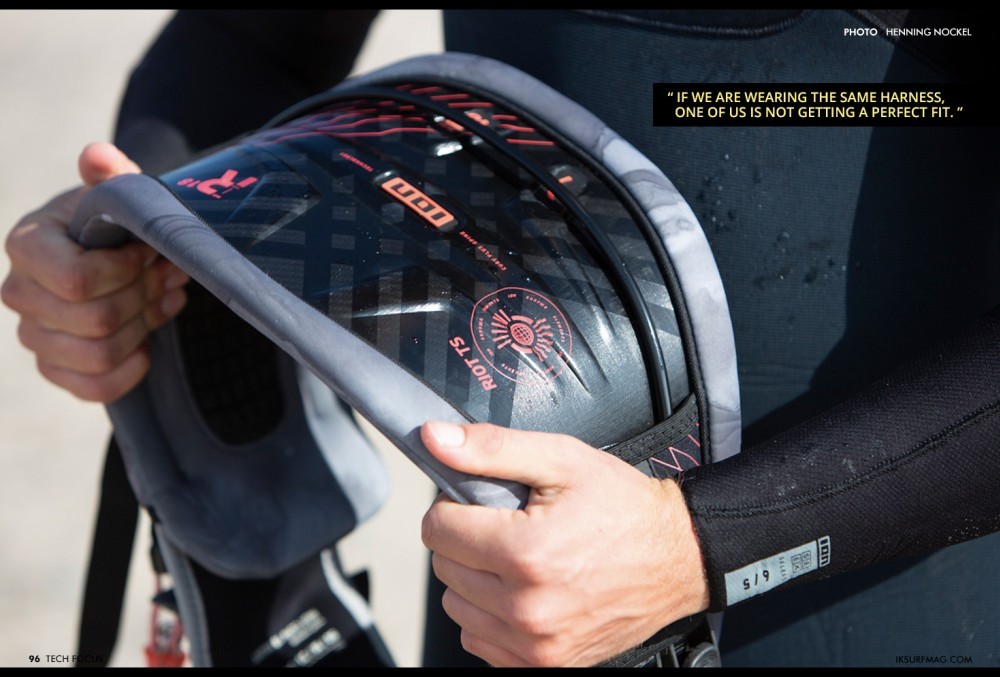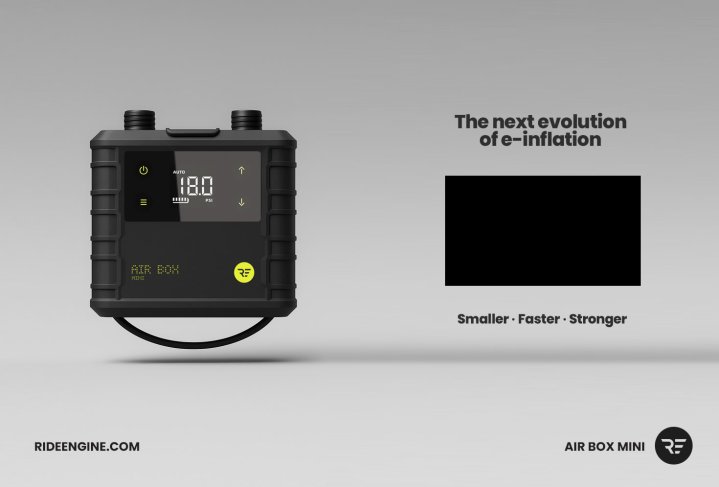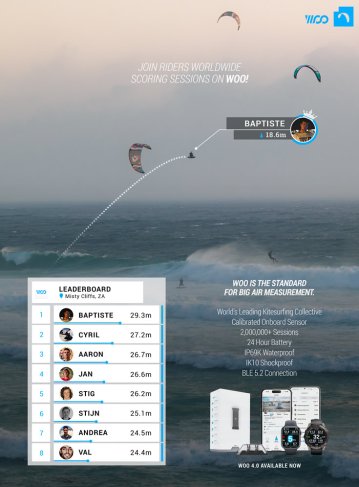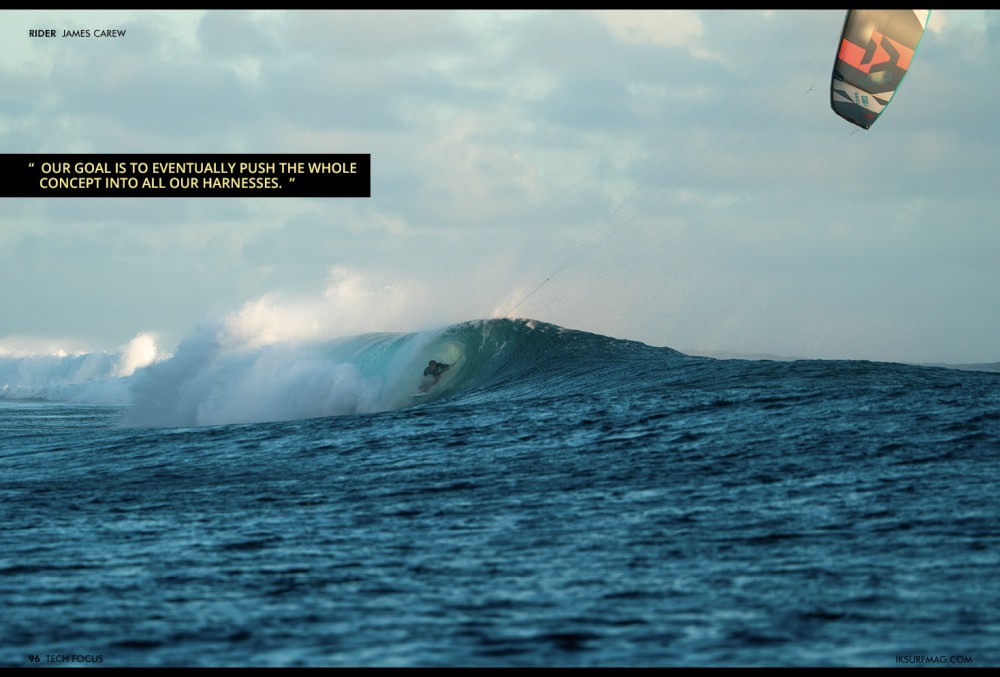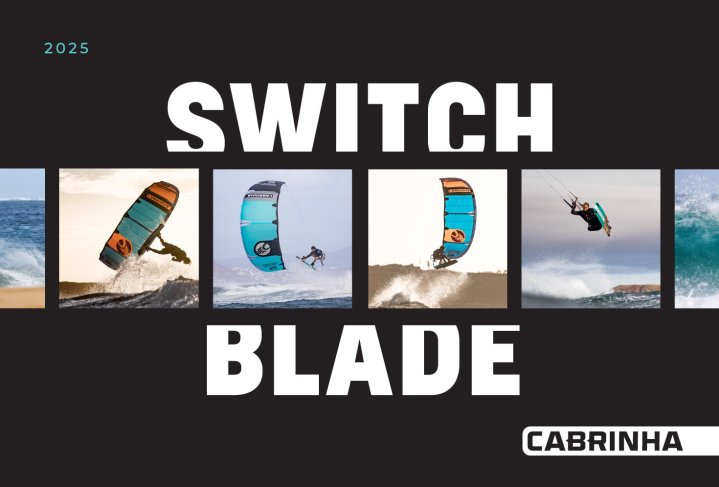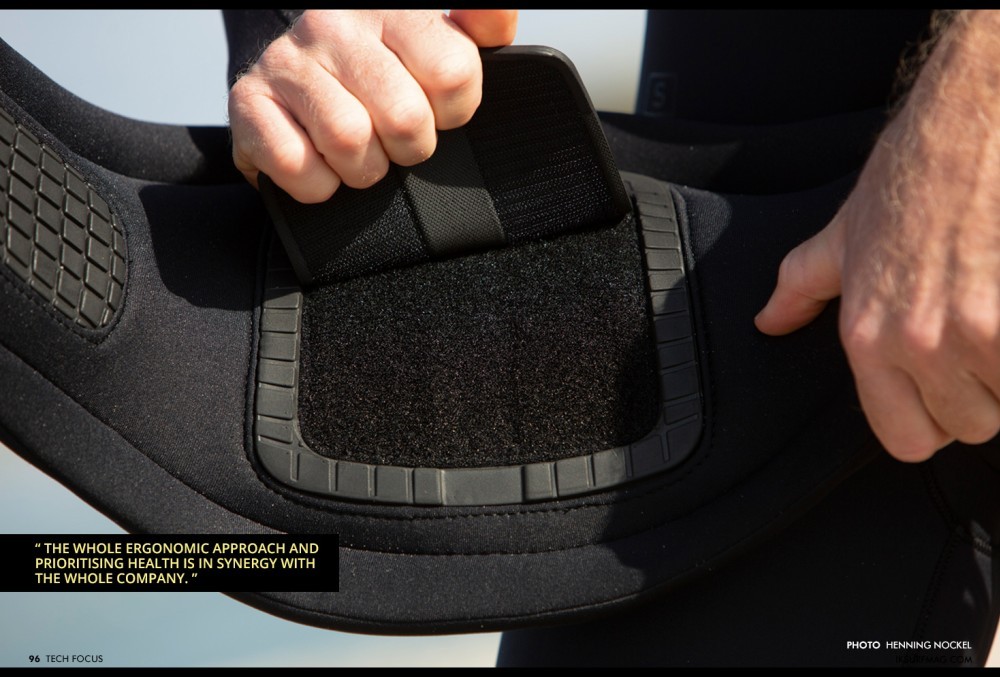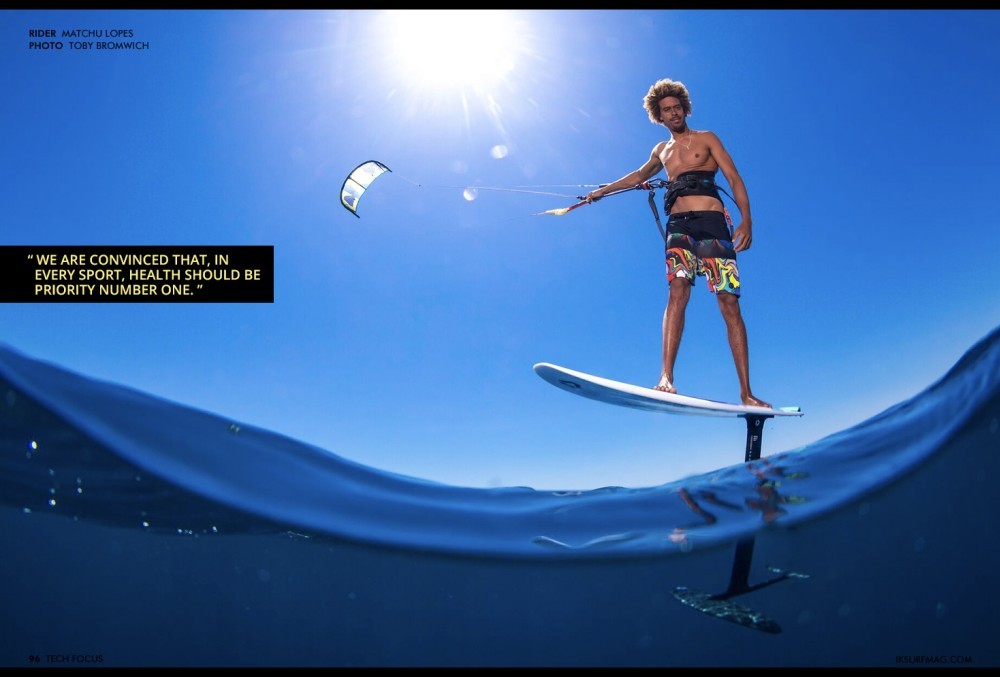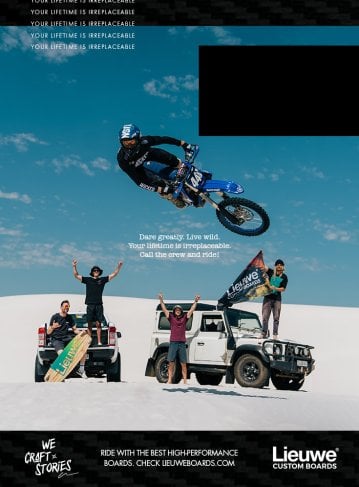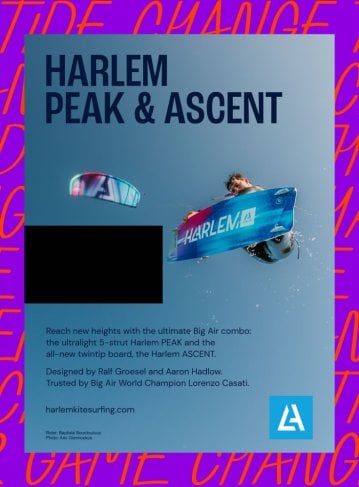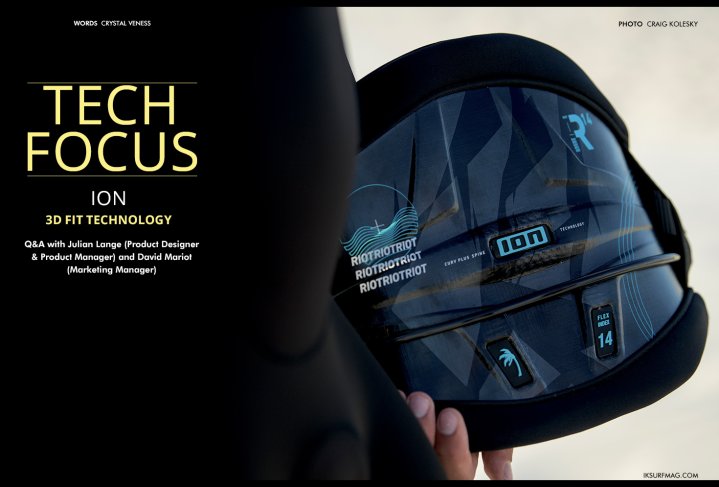
Tech Focus: ION 3D Fit Technology
Issue 96 / Thu 15th Dec, 2022
Perfect fit in a harness can make all the difference to your session. ION wants you to have as much time on the water as possible, and this goal is achieved through incorporating ergonomics in their design process. Learn more about ION’s latest harness technology in this Tech Focus Q&A!
Julian and David, thank you for joining us! We're excited to find out more about ION's 3D Fit Technology. But first, Julian, tell us more about your role at ION and how you ended up there!
Julian: I started working for Boards & More around five years ago. I witnessed the switch from North Kiteboarding to Duotone, which was very interesting! For the first 18 months with the company, I worked as a graphic designer and industrial designer. Then, I switched over to ION to do harnesses full-time. I've now focused on harness development and product management for three years.
At ION, your approach to harness design is driven by medical science. Please share more about your this approach and the problem you've been trying to solve.
Julian: Over the last couple of years, we've seen a trend towards hardshell harnesses in kitesurfing, with a lot of glass fibre and carbon used to make the harness stiffer and distribute the forces you receive from kiting more homogeneously over the back. But, with the hardshell comes the issue that if they don't fit perfectly, they can hurt you. That's why we wanted to dive more into the whole ergonomics of the human body.
David: Exactly. A hardshell harness needs to fit perfectly to avoid injury. If your harness is poorly fit, you can't spend as much time on the water before it starts hurting. We all strive for as much water time as possible; this is our end goal. Of course, it begins with having enough wind, but having the right tools also plays a role, and this is how we at ION can contribute to maximising your water time.
Julian: A few years ago, we teamed up with spinal surgeon, Dr Thomas Fisher from Munich, who happens to be a kitesurfer and winger, and he gave us some great insights on the topic of ergonomics. The overall scheme that ION is following now and for future seasons is the Concept of Ergonomics. Different products fall into this area. We started with harnesses in 2022 and continued into 2023, but we will also implement this concept into our other ION product lines in future.
Does the softshell harness offer any advantage over a hardshell?
Julian: Softshells feel very comfortable to many people when they are trying them on in the shop. But, in strong and gusty conditions, you lose that feeling of comfort because they deform so much. That's why the hardshell is, performance-wise, a lot better compared to the soft harness. We've put a lot of effort into our hardshell lines and developing our 3D Fit Technology.
So, what is 3D Fit Technology, and how has ION incorporated this in their harness development?
David: Normally, people find their harness size by measuring their waist circumference. But this doesn't consider your back length or the curvature of your spine. For example, I'm 175cm tall, and Julian is 190cm. We are more or less the same waist size, but he has a much longer back. How can it be that we are both the same harness size? If we are wearing the same harness, one of us is not getting a perfect fit. This is why we not only take into account the waist circumference as the first dimension but also the back length as the second dimension, offering tall versions of our harnesses. The third dimension is depth. Depending on if you have a more straight or curved spine, we can achieve a more perfect fit with two easily interchangeable options of the Ergo Pad.
Julian: In the centre of the Ergo Pad is a recess which resembles the spine protruding from the body. You don't want to have pressure on the spine because it is very vulnerable, and if you are jumping or riding in strong conditions, this can be harmful. We developed this recess to transfer the forces to the muscles next to the spine. On the Ergo Pad, there are four elevated points that we call trigger points which, in collaboration with Dr Thomas Fisher, are carefully placed to help massage the muscles and generate more blood flow, thus extending the session because your body is feeling better.
How does a consumer verify what their perfect fit is?
David: The first and easiest option is our online sizing guide on every product detail page on our website. It guides you from beginning to end. Just follow the instructions, which will ask you to measure your waist circumference and back length, and of course, tell you how to measure the back length correctly. Put your stats in, and you get the results. But what if you are unsure about the measurement? We have other assets that will help, like online instructional videos where James Carew demonstrates how to measure your fit. Our website lets people in continental Europe and North America order a free measurement kit. This kit includes a leaflet explaining all the steps, the sizing guide, specific measuring tapes, and some stickers. Last but not least, you may get a size recommendation from your measurement and consultation, but we suggest that you always try on the harness. The harness has to feel right on your body at the end of the day!
Which harnesses incorporate the 3D Fit Technology?
Julian: In 2022, when we started this project, we only integrated it into the hardshell harnesses, like the Riot Curv, Sol Curv, and the Team Series harnesses. For 2023, we have integrated the Ergo Pad into our hybrid shell harnesses like the Apex for men and Nova for women. Our goal is to eventually push the whole concept into all our harnesses.
What kind of testing process do your harnesses go through?
Julian: We're based in Munich and don't get as much time on the water as others who live close to the ocean. We are heavily dependent on our team riders and testing teams. That includes pro riders, schools, and opinion leaders. At the beginning of the development process, we create a lot of prototypes and get them out to our riders. We have a testing programme where we consistently ask them to give us feedback on the product, and that's how we find out what works and what doesn't
David: It's surprising how it differentiates within the kite team. You could, for example, assume that the team riders, on average, have a stronger core than the typical kiter. Therefore, they might not need the cushioned Ergo Pad. But many of our pro team opt for the cushioned pad anyway. Matchu, for example, takes the thicker pad and the tall version of the Riot Curv. Aaron Hadlow also prefers the thicker pad. Whereas, people like James Carew, who is well built with a straight back, prefers the thin one.
Maybe it's age-related! Matchu and Aaron have a few years on James Carew… I know I'm enjoying the extra cushion nowadays! Any last words on the Concept of Ergonomics?
David: The whole ergonomic approach and prioritising health is in synergy with the whole company. Last year, Boards & More acquired a bike components company called SQlab. They offer high-quality ergonomic saddles and handlebar grips for bikes. They're known for excellence and improving the bike experience for their consumers, and that's something we do for our kite consumers. We started with this ergonomic approach before we linked up, but now our product developers and marketing departments are working closely together and sharing knowledge back and forth. We are convinced that, in every sport, health should be priority number one.
Videos
By IKSURFMAG


